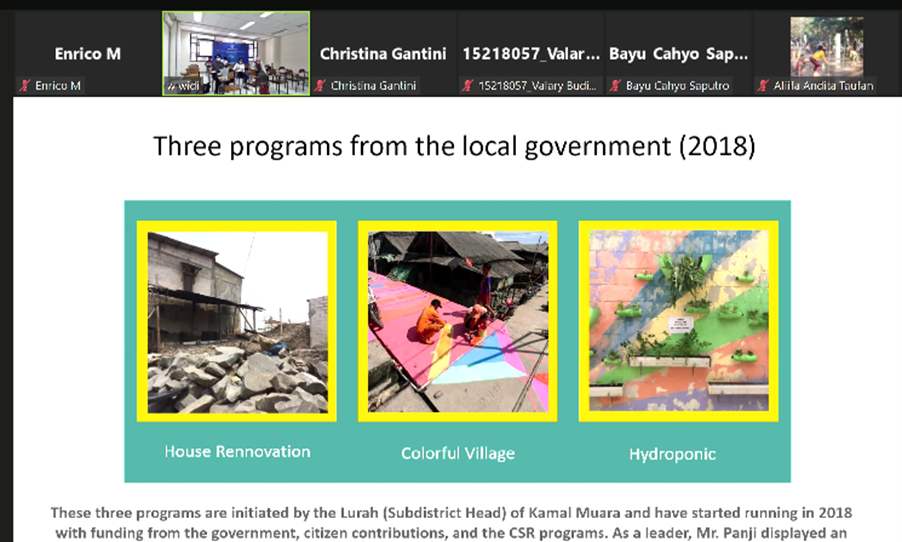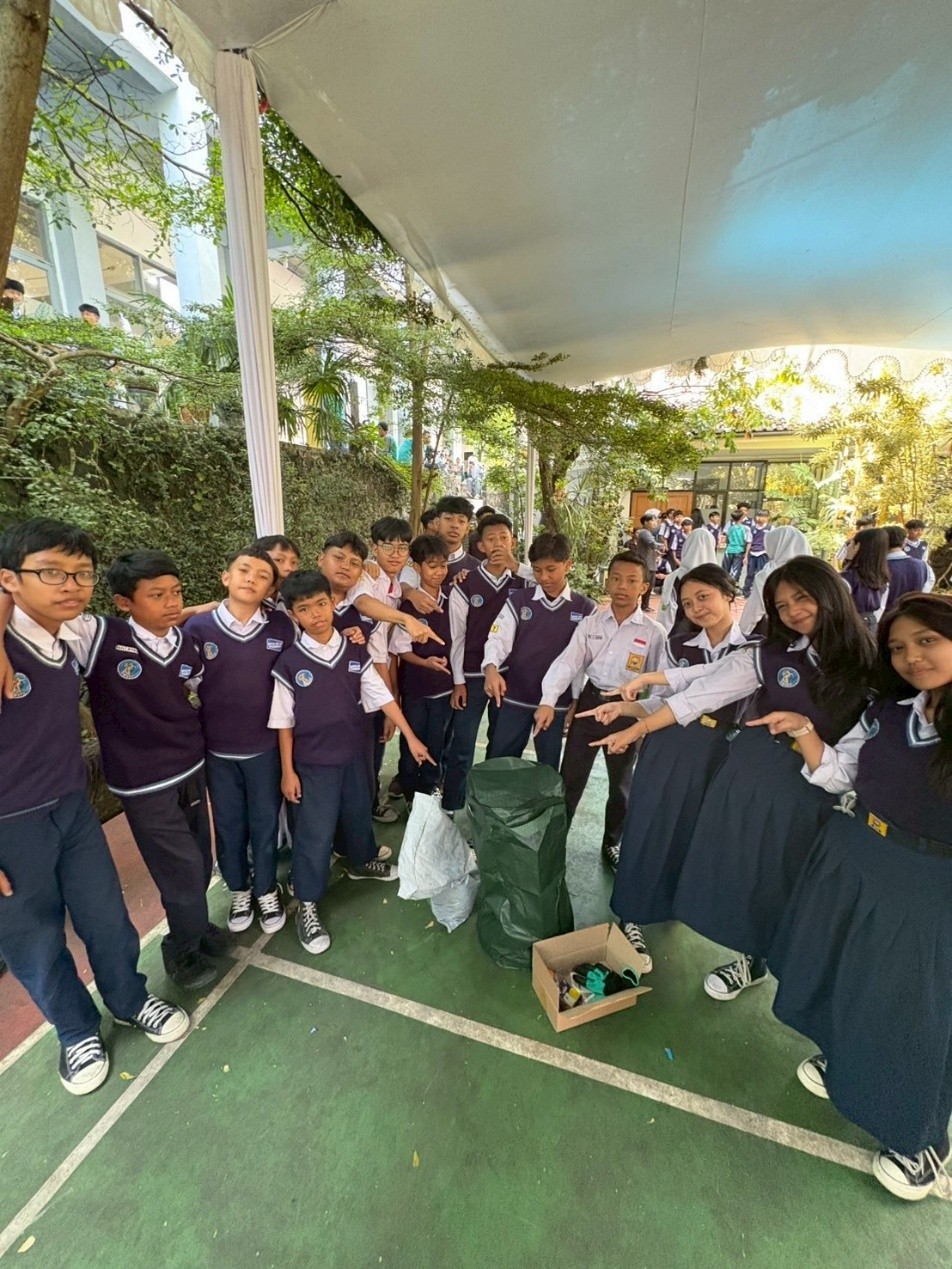Utilizing the Concept of Placemaking to Create a Sustainable and Functional Environment in Less-Conducive Communities
By Adi Permana
Editor Adi Permana

BANDUNG, itb.ac.id – Designing public spaces does not only elevate their aesthetics, grandeur, and warmth; a healthier and more productive environment can be actualized for people who previously lived in less-adequate regions.
The ITB School of Architecture, Planning, and Policy Development ITB (SAPPK) organized a summer school program with the theme "Placemaking and Social Experiments''. During the second meeting on Wednesday (15/6/2021), Dr. Redento B. Recio from the Melbourne School of Design as well as Wenie Dahlia Martin and Luna Nuansa Iman from the PUPLA Project were invited as speakers for the webinar titled "Introduction to Marginal Communities Community Participatory Design".
Placemaking is a philosophy and approach that provides maximum balance, quality, and synergy between building spaces and users in terms of design and evaluation. It is beneficial for establishments deemed to fail in executing the concept of comfortable public spaces. In this webinar, the journey to create a sustainable living environment with placemaking at RW 4 Kamal Muara, Penjaringan, North Jakarta was discussed further.
"To implement placemaking on current public spaces, architects are not the only ones needed for the task to succeed. Other people from different disciplines have roles to cover the numerous aspects during its implementation, such as legal, publication, and societal factors," Wenie explained.
The PUPLA Project has planned several agendas to revitalize Kamal Muara. Their efforts include housing renovation, the inclusion of "colorful villages", and hydroponics development. "To achieve these plans, we use the participatory design method," Luna added.
Participatory design is a strategy that involves designers, customers, and users in the research and development processes of design. As an iterative and simultaneous process, this method can become the solution for product layout and development, focusing on its procedures instead of style. Implementing this strategy, the PUPLA team banded with residential representatives of RW 04 for this project.
Together with residents from Kamal Muara, the PUPLA team was able to create functional public facilities that are harmonious with both users and the environment. "Participatory design makes the development process interactive, precise, and effortless to be carried out with residents," Wenie stated.
Using the participatory design approach, the mapping process yields various design ideas to be put into these public spaces. These ideas are aiming to bring out entertainment, facilitate residential work, and provide a welcoming community for everyone residing.
One of the programs offered by the PUPLA project is the redesign and renovation of residential houses. "One of the houses that we remodeled is Mrs. Supria’s. Her house was occupied by two families, her own and her child’s,” Luna explained. “Her house is constructed out of plywood and often underwent problems during rainy days. Additionally, the living spaces inside are not conducive enough." Volunteering designers teamed up with both economics and psychology graduates to solve the issues faced by residents. "Through economic and psychological analysis, architects can design the most suitable house for living," Wenie conveyed.
Furthermore, the PUPLA Project collaborated with nearby regional governments to establish public facilities, such as the mosque courtyard that serves as a gathering and playing ground for children. Aside from inducing a positive impact on children's development, the courtyard is a safe area for them. The project also conducted the rejuvenation of economic spaces like traditional markets to boost their quality and productiveness.
Reporter: Yoel Enrico Meiliano (Food Engineering, 2020)
Translator: Ruth Nathania (Environmental Engineering, 2019)

.jpg)
.jpg)
.png)
.jpg)
.jpg)


